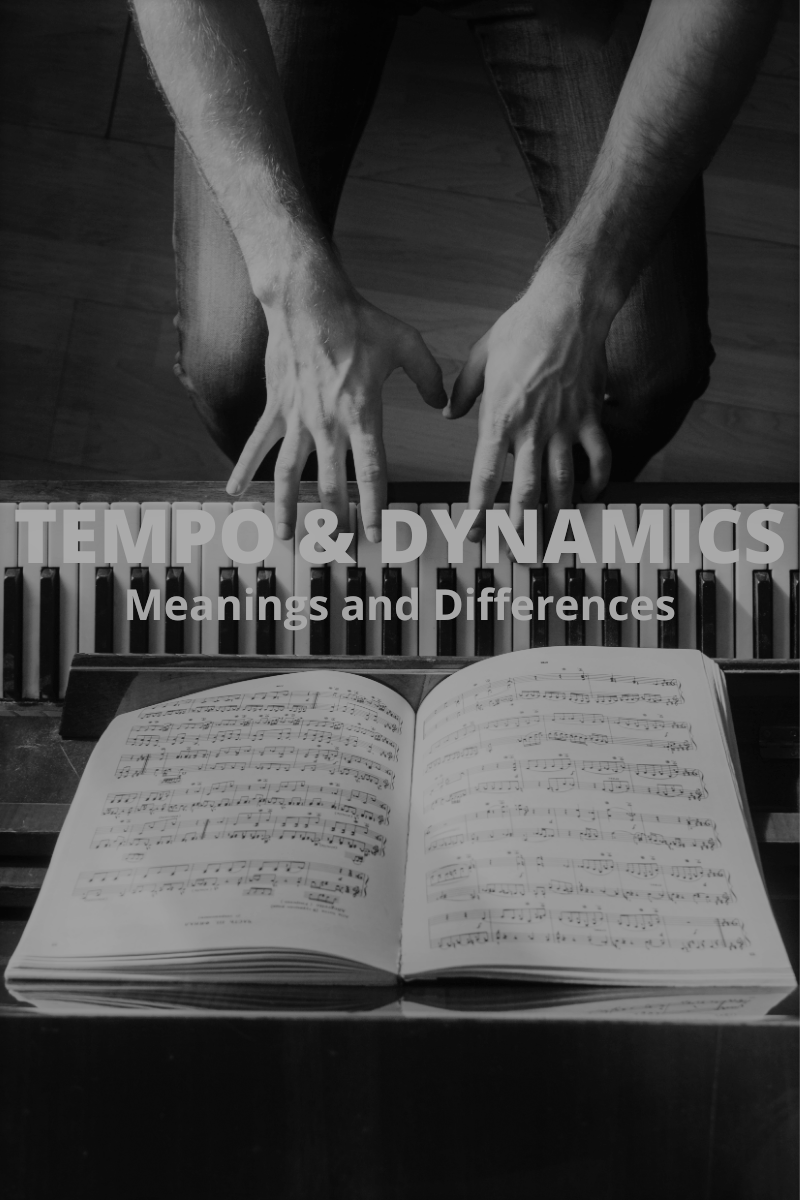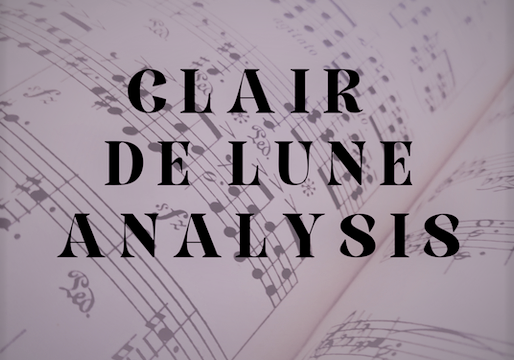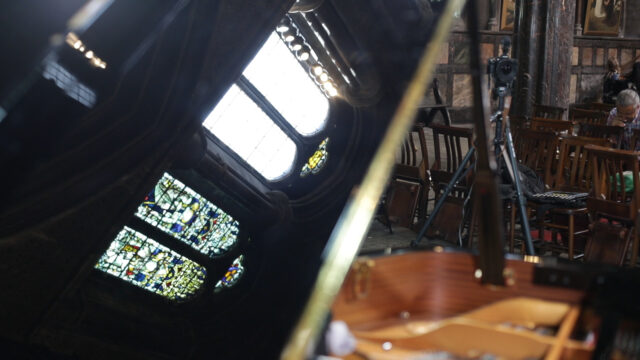Tempo and Dynamic Markings: A useful guide for piano tutors
Tempo and Dynamic Markings: A useful guide for piano tutors
All piano students have come to the same issue in their training: at some point in their piano lessons, they encounter strange notations that are not just the notes or the values learned at the beginning of their practice: mf, ff, words like “adagio“, “presto“, we find them everywhere in music scores. But why?
Very simple, music is not just pitch and duration; we also have to consider how loud or soft we play the notes and how fast or slow the speed is.
For all the piano teachers out there, this article written by Anthony Elward comes in very handy to expedite the doubts their student may have.
Let us separate the terms first.
- The dynamic markings refer to how soft or loud the notes should be played and all the gradients in between.
2. The speed is determined by the “tempo” (in Italian, it means literally “time”). Also, the character of the piece is shown at the beginning by words like “con fuoco” (with fire), “appassionato” (passionate) or “energico” (with energy). Notice that all the words are in the Italian language; this is just a tradition. Surprisingly, even today, composers worldwide use this language to describe the dynamics and tempo in their pieces.
The words to be learned are many and some quite difficult to pronounce for non-Latin speakers, but as long as they know their meaning and how to translate them into their performance, that is more than enough.
The most subjective terms are the piece’s character, but it gives us a rough idea of what the composer wants us to portray.
Also, we must take into account that before 1820, all the metronomic marks cannot be followed to the letter as the metronome had not been invented yet, that is the reason composers wrote markings as “Andante” (at a walking speed), or “Lento” (slow).






